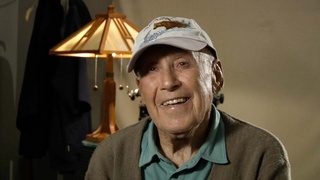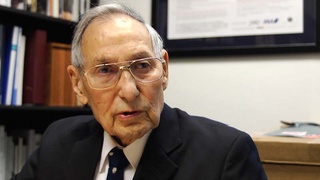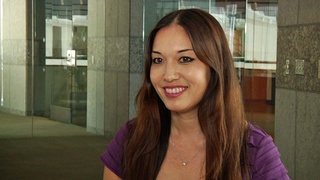Interviews
Hiding what happened in camp
I remember when, when the first...one of the people in our Blo...I think he was a kibei, and he felt really...you know, the Niseis didn't even treat the Kibeis right, I don't think. And, one day, they found his body on the race...I mean on the railroad track, and he was...the train had cut his head off. I mean, but they, they just hushed it up, 'cause they didn't want something like that to get out. But, so there were a lot of things that happened in camp that no one was even supposed to know about.
Date: June 16, 2003
Location: California, US
Interviewer: Karen Ishizuka, Akira Boch
Contributed by: Watase Media Arts Center, Japanese American National Museum.
Explore More Videos

Going to camp with the Terminal Island people
(1927-2010) Political Activist


Interned at age fifteen, I saw camp as an adventure
(1927-2010) Political Activist


Reception of Hamako by family
(1916 - 2013) Member of the U.S. Military Intelligence Service

Memories of Poston
(b. 1930) Half Japanese and grew up in both Japan and the United States.

Arriving at Poston
(b. 1930) Half Japanese and grew up in both Japan and the United States.



“A Low Tolerance For Injustice…”
(1938-2020) Japanese American attorney and civil rights activist


Writing a novel on the 442nd
Jewish Japanese American journalist



